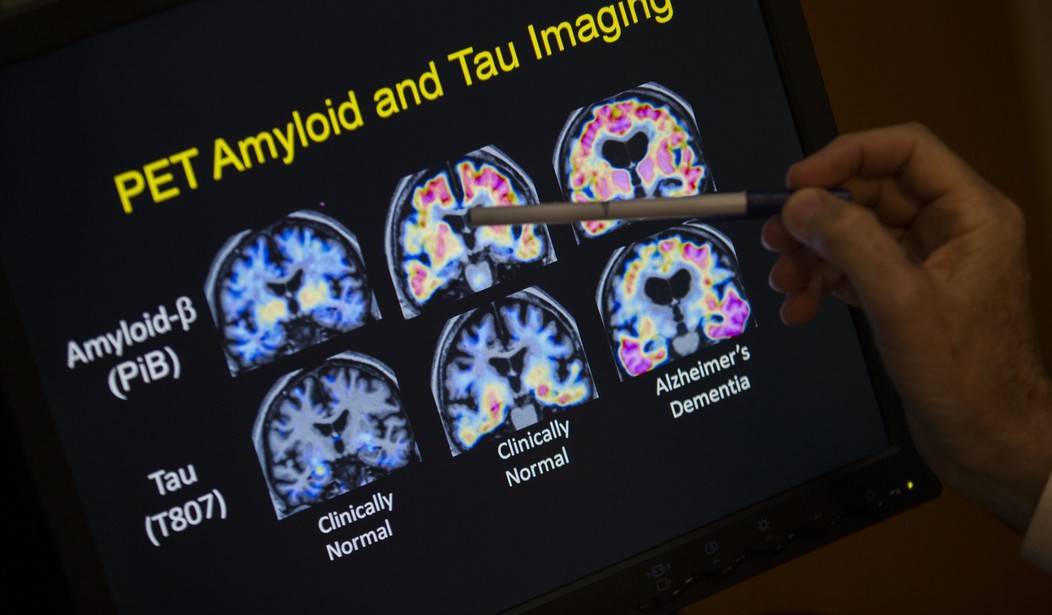Alzheimer’s disease is one of the biggest killers in the world — to say nothing of what it does to victims before it finally claims their lives — and is expected to become progressively more of a problem with time, given the increase in life expectancy in the last century.
No matter what the clickbait articles might claim to the contrary, there aren’t a whole lot of “one weird tricks” that actually work in the field of medicine, but exercise for preventing dementia is about as close as they come.
Obviously, it comes as no revelation that aerobic exercise is good for the brain. But we might have underestimated just how beneficial it is.
Related: Study: Vitamin D Reduces Dementia Risk by 40%
Researchers in a recent study looked at various biomarkers in the hippocampus (the part of the brain responsible for learning and short-term memory) tied to Alzheimer’s disease, including amyloid plaques and tau tangles and the effects of aerobic exercise (running, swimming, etc.) on their prevalence.
Via Brain Research (emphasis added):
Physical activity has been investigated as a preventive tool to defeat the main biological features of AD: pathological amyloid protein plaques, tau tangles, myelin degeneration, and iron deposits in the brain. This work quantifies tau tangles, amyloid, iron, and ferroptosis in oligodendrocytes in the aged rat hippocampal formation and statistically correlates neuron-neuron, neuron-glia, and glia-glia crosstalk and the effect of physical exercise on it. Our results indicate that iron overload in the oligodendrocytes is an inducer of ferroptosis; physical exercise reduces inflammaging, and improves axon-myelin volume relations; tau, amyloid, iron, and hippocampal formation cells present statistical correlations. Our data suggest the beneficial effects of physical exercise in AD and a mathematical relationship between the hippocampal formation cells in sedentary and active individuals, which should be considered in human and animal studies as a guide to a better understanding of crosstalk physiology.
In the exercise group, participants experienced a massive 76% reduction in amyloid plaques, a 63% reduction in tau tangles compared to controls, and a 58% reduction in iron deposits.
No pharmaceutical drug has come remotely close to achieving those results yet.
Related: Dark Money PAC Rallies 17K Doctors to Denounce RFK Jr. HHS Nomination
A separate but related study, also recently released in the medical journal Aging Cell, took a gaggle of pre-diabetics, split them into exercise and control groups, gave them glucose drinks, put them through moderate to high-intensity exercise regimens, and measured their levels of circulating “extracellular vesicles” that carry proteins between neurons, including ones that increase insulin sensitivity.
Via ScitTechDaily (emphasis added):
Extracellular vesicles, once dismissed by researchers as “cell dust,” have in the past 15 years grown exponentially in recognition as important players in the microscopic world of the human body, facilitating transport of key molecules such as proteins between cells. For this study, the scientists targeted vesicles produced in the brain that ferry several proteins involved in insulin sensitivity – one of which is called Akt…
Researchers were able to study the vesicles by isolating them in the blood of participants in an experimental study. The trial, conducted over two weeks, included a group of 21 volunteers who had an average age of 60 and had prediabetes. Over the course of the study, they engaged in 12 individual, supervised, 60-minute exercise sessions of moderate to high intensity. The participants ingested a glucose drink before and after training. Researchers then collected blood samples before and during the drink from the participants at the start and end of exercise training.
The blood samples showed that the number of neuronal vesicles carrying proteins involved in insulin sensitivity increased after each training, with Akt being the most notable.
“We showed for the first time that exercise impacts insulin signaling from neuronal extracellular vesicles in relation to clinical improvements in blood sugar,” Malin said. “And we use these neuronal extracellular vesicles as an indicator of brain insulin sensitivity.”
This finding is noteworthy because insulin resistance is increasingly recognized as a contributing factor to various forms of dementia. Some researchers have even gone so far as to describe dementia as “type III diabetes.”










